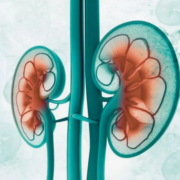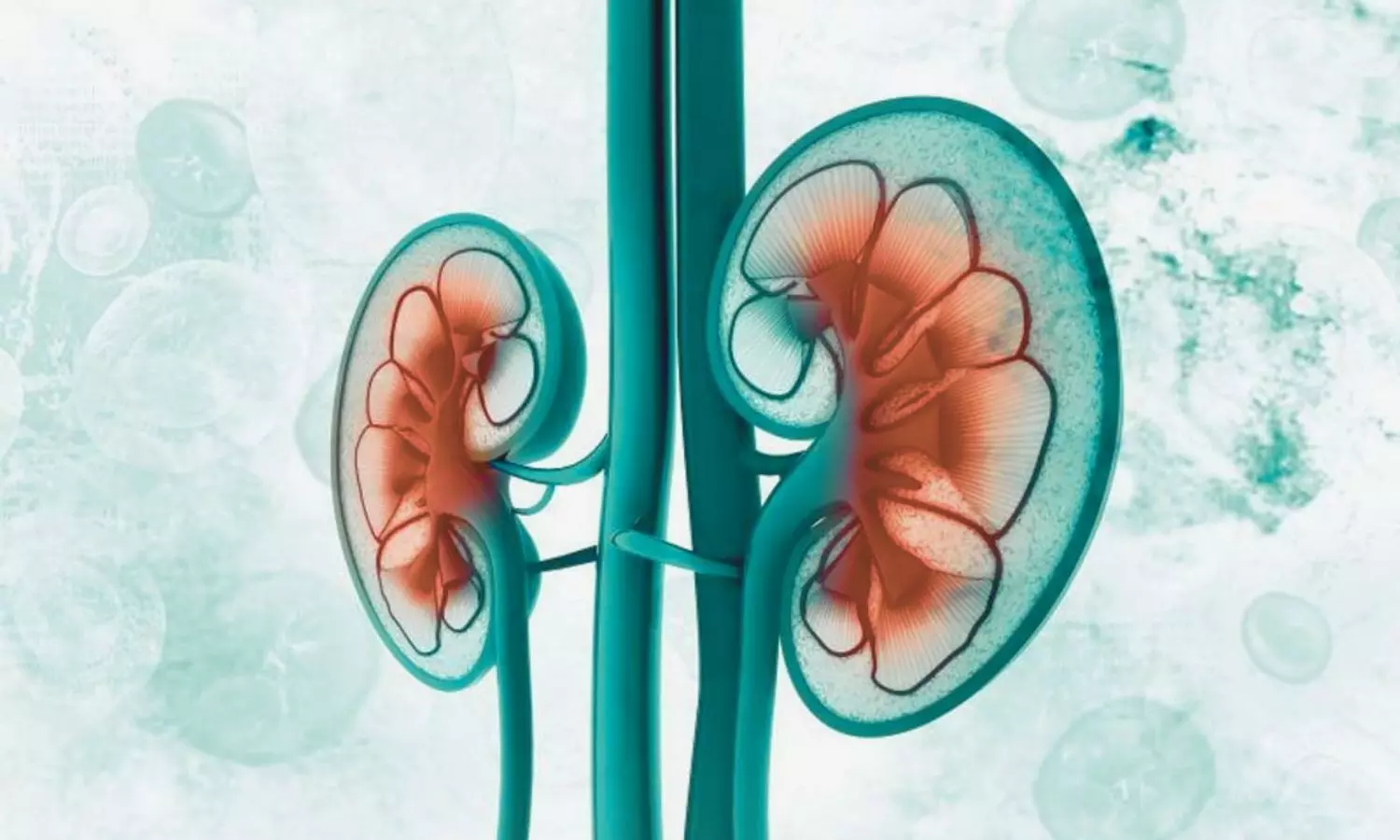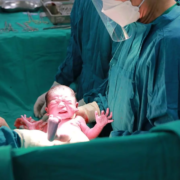Over 80% of pregnant women iron deficient by third trimester, finds study

When a woman becomes pregnant, her iron requirements increase almost tenfold to support fetal development as well as her own increased iron needs. Her ability to meet these increased iron needs depends on her iron stores at the beginning of the pregnancy as well as the physiological adaptations that enhance iron absorption as pregnancy progresses. These physiological adaptations, however, are not always enough to support a pregnant woman’s iron needs, especially among the estimated 50% of women who begin pregnancy with depleted iron stores. While often thought of as a problem in low-resource settings, recent studies have documented iron deficiency rates of 33-42% among pregnant women in high-resource settings.
Iron deficiency can lead to anemia, a condition in which the body can’t produce sufficient hemoglobin, which, in turn, limits the red blood cells’ ability to carry oxygenated blood throughout the body. Anemia during pregnancy is associated with a higher risk of both adverse maternal outcomes and adverse infant outcomes, including postpartum depression, postpartum hemorrhage, preterm birth, low birth weight, and small-for-gestational age birth. Even without the presence of anemia, maternal iron deficiency can result in long-term neurodevelopmental challenges for the child.
At the moment, screening for iron deficiency during pregnancy is not universally routine. Moreover, there is no generally agreed upon diagnostic criteria for iron deficiency during pregnancy. The most recent draft recommendation from the US Preventive Services Task Force, for example, states that “the current evidence is insufficient to assess the balance of benefits and harms of screening for iron deficiency anemia in pregnant women.” In contrast, the International Federation of Gynecology and Obstetrics and European Hematology Society recommend all pregnant women in their first trimester irrespective of the presence or absence of anemia be screened for iron deficiency. Moreover, they also recommend that all women of reproductive age irrespective of the presence or absence of anemia be screened for iron deficiency.
Even when screening is conducted, it may be insufficient to detect iron deficiency. In clinical practice, for example, hemoglobin is frequently the only benchmark used to evaluate iron status among pregnant women. Hemoglobin, however only provides an indication of anemia. As a result, poor maternal and infant health outcomes that may develop before iron deficiency advances to anemia may arise undetected.
Unfortunately, well-designed studies of the changes in iron status during the course of pregnancy are limited. In response, the authors of “Longitudinal Evaluation of Iron Status during Pregnancy: A Prospective Cohort Study in a High-Resource Setting” evaluated the changes in iron biomarkers throughout pregnancy, established the prevalence of iron deficiency, and proposed iron status benchmarks in early pregnancy that predict iron deficiency in the third trimester. The authors, Elaine K. McCarthy et al., also sought to determine how common risk factors for iron deficiency such as obesity and smoking affected iron status throughout pregnancy. The results of the study, one of the largest studies ever to document the changes in iron status during pregnancy, were published in The American Journal of Clinical Nutrition, a publication of the American Society for Nutrition.
To conduct their research, the authors worked with data collected from 641 women in Ireland who were pregnant and had a successful delivery for the first time and who participated in the IMproved PRegnancy Outcomes via Early Detection (IMPROvED) consortium project. Samples were taken from the women at 15 weeks, 20 weeks and 33 weeks of pregnancy to determine iron status. Within 72 hours following delivery, information about the pregnancy, delivery, and the baby were obtained from the mother via an interview with a research midwife. Information pertaining to clinical outcomes and complications during pregnancy and delivery were confirmed by reviewing medical records.
“In this high-resource setting,” the authors found that “iron deficiency defined by a variety of biomarkers and thresholds, was very common during pregnancy, despite the cohort profile as generally healthy.” Interestingly, none of the study participants were anemic in the first trimester, yet more than 80% of the women were iron deficient by the third trimester. In particular, the authors noted that “our cohort had higher rates of deficiency in the third trimester than even some low-resource settings.”
In this study, almost three-quarters of the participants took an iron-containing supplement that contained the Irish/European recommended daily iron allowance of 15-17mg. The authors did note that “iron-containing supplements (mainly multivitamins) taken pre/early pregnancy were associated with a reduced risk of deficiency throughout pregnancy, including the third trimester.”
According to the authors, these findings draw attention to “the benefit of screening for iron deficiency with hemoglobin and ferritin in defined low-risk populations.” Moreover, based on their findings, the authors proposed a threshold for ferritin, a protein that stores iron, of 60µg per liter or less at 15 weeks of pregnancy that predicted the presence of iron deficiency at 33 weeks of pregnancy, defined as 15µg of ferritin per liter or less. The authors noted that “this has previously been identified as the inflection point at which fetal iron accretion is compromised, leading to poorer neurocognitive function and earlier onset of postnatal iron deficiency in the offspring.”
In an accompanying editorial to this study, “Finally, a Quality Prospective Study to Support a Proactive Paradigm in Anemia of Pregnancy,” also published in The American Journal of Clinical Nutrition, authors Michael Auerbach and Helain Landy bluntly labeled the medical community’s approach to women, including the lack of screening and treating iron deficiency and anemia among pregnant women, as “misogyny.” Given the study’s findings, the editorial calls upon the American College of Obstetricians and Gynecologists and the United States Preventive Services Taskforce to “change their approach to diagnosis to screen all pregnant women for iron deficiency, irrespective of the presence or absence of anemia, and recommend supplementation when present for the most frequent nutrient deficiency disorder that we encounter.”
Looking to the future, the authors of “Longitudinal Evaluation of Iron Status during Pregnancy: A Prospective Cohort Study in a High-Resource Setting” believe that “further good-quality, large-scale longitudinal studies of iron status, with concurrent inflammatory status, are needed to provide the evidence base to help establish much-needed consensus. Moreover, the use of early pregnancy iron biomarkers and thresholds should be instituted in better alignment with clinically meaningful health outcomes.”
Reference:
Elaine K McCarthy, David Schneck, Saonli Basu, Annette Xenopoulos-Oddsson, Fergus P McCarthy, Mairead E Kiely, Michael K Georgieff, Longitudinal evaluation of iron status during pregnancy: a prospective cohort study in a high-resource setting, The American Journal of Clinical Nutrition, 2024, https://doi.org/10.1016/j.ajcnut.2024.08.010.
Powered by WPeMatico



















